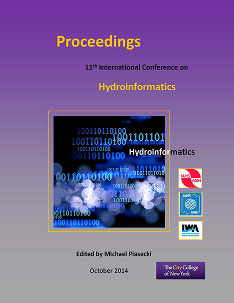Document Type
Presentation
Publication Date
8-1-2014
Abstract
R is a free software programming language and environment for statistical computing and graphics. Polls and surveys show that R's popularity has increased substantially in recent years. The objective of this paper is to review features that make R a powerful environment for pre-processing and analyzing data from hydrology and water resources management, and for various other tasks such as hydrological processes modeling, time series analysis, trend analysis, GIS analysis of the watershed, geostatistics, extreme value analysis and various other tasks. This review paper will deal with the possibilities of applying the R programming language in water resources and hydrologic applications in education and research. Its possibility of extension is widely used by R users from many different backgrounds. Consequently this leads to one of the best things about R, which is the large amount of existing add-ins (so-called “packages”), which are aimed at solving various tasks in different fields including hydrology, water resources and meteorology. Authors would like to stress, that a tool as R is very useful, e.g., in the process of learning some difficult subject related to an analysis of hydrological data (e.g., copulas). In R one has possibility of easily trying corresponding computations, which are otherwise only described by complicated theories. Of course it is necessary to know the background of computations, but it is very helpful in the process of learning some intimidating and complicated subject, if one knows that he can do the very thing which is trying to understand.



Comments
Session R10, Hydroinformatics and Data: Innovative Aspects on Teaching, Information and Viz